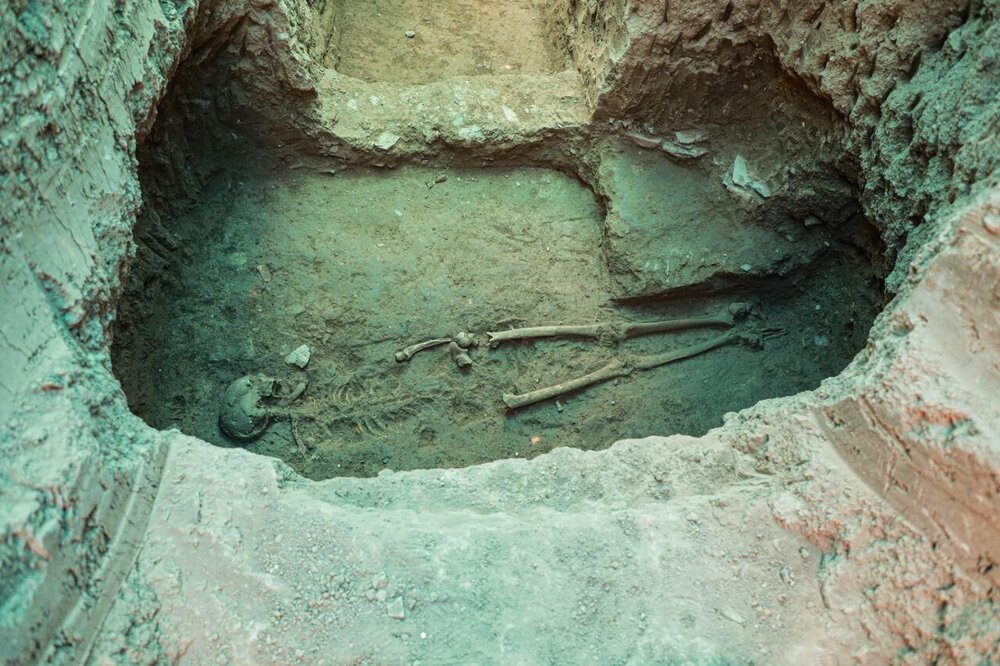Ancient human skeleton unearthed in Isfahan

TEHRAN – The remains of an ancient person, believed to date back to the Parthian era (247 BC – 224 CE), has been discovered during an archaeological season which is underway at Tepe Ashraf, the sole archaeological hill in Isfahan, central Iran.
Though the gender of the skeleton has not been determined yet, it is likely that it belonged to a Parthian woman based on specifications of its burial site, IRNA quoted senior archaeologist Alireza Jafari-Zand as saying on Saturday.
Jafari-Zand, who heads the archaeological excavation at the hill, lamented that the Cultural Heritage, Tourism and Handicrafts Organization does not pay enough support to develop the archaeological project.
“I told the [Ministry of] Cultural Heritage that there is a need for an extensive excavation because the speculations have provided a good prospect for widening excavations because some objected excavated so far have been unearthed beneath a [modern] street. And the safeguard of this historical evidence depends on expanding the excavations.”
Earlier this month, an ancient burial containing the remains of a horse -- estimated to be four years old was found near a place where a giant jar-tomb was unearthed weeks ago, which researchers believe could shed new light on ancient human life in Isfahan.
“Tepe Ashraf is the second place after the Tepe Sialk (in Isfahan province) that has yielded the discovery of such jar tombs that offers valuable clues to uncover the obscure history of pre-Islamic Isfahan,” according to the archaeologist.
Excavations at Tepe Ashraf initially began in 2010 when Jafari-Zand announced his team found evidence at the site suggesting that the Sassanid site had also been used during the Buyid dynasty (945–1055). “We stumbled upon a reconstructed part in the ruins of the castle, which suggests that the structure had been used during the Buyid dynasty.”
AFM/MG
